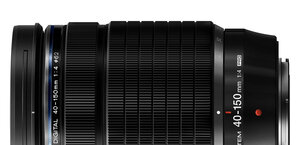Olympus M.Zuiko Digital ED 25 mm f/1.2 PRO
7. Coma, astigmatism and bokeh
| E-M5 II, 25 mm, f/1.2, center | E-M5 II, 25 mm, f/1.2, corner |

|

|
| E-M5 II, 25 mm, f/1.8, center | E-M5 II, 25 mm, f/1.8, corner |

|

|
The astigmatism, understood as an average difference between horizontal and vertical MTF50 function values, amounted to 17.6%. It is a high value. What’s more that aberration is noticeable even at apertures ranging from f/2.8 to 4.0, one of the reasons why the tested lens didn’t manage to get to a level of 80 lpmm with its MTFs.
Please Support UsIf you enjoy our reviews and articles, and you want us to continue our work please, support our website by donating through PayPal. The funds are going to be used for paying our editorial team, renting servers, and equipping our testing studio; only that way we will be able to continue providing you interesting content for free. |
- - - - - - - - - - - - - - - - - - - - - - - - - - - - - - - - - - - - - - - - - - - - - - - -
Light discs we got in out-of-focus areas look nice. The light spreads evenly, without any distinct local extremes. You can notice two things, though. Firstly, on stopping down the aperture a lighter rim appears. Secondly, at the maximum relative aperture the disc has soft edges and the brightness loss in its upper area is a bit more pronounced than downwards. It might be connected to mechanical vignetting.
| E-M5 II, 25 mm, f/1.2, center | E-M5 II, 25 mm, f/1.2, corner |

|
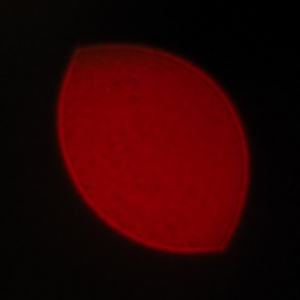
|
| E-M5 II, 25 mm, f/1.8, center | E-M5 II, 25 mm, f/1.8, corner |
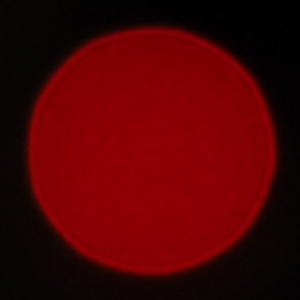
|
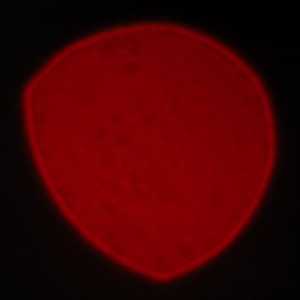
|
| E-M5 II, 25 mm, f/2.5, center | E-M5 II, 25 mm, f/2.5, corner |
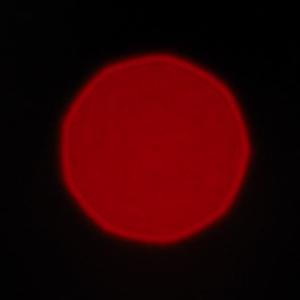
|
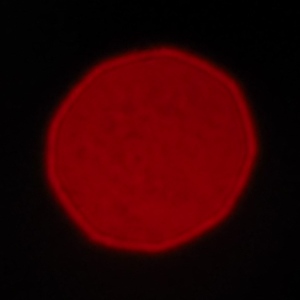
|






